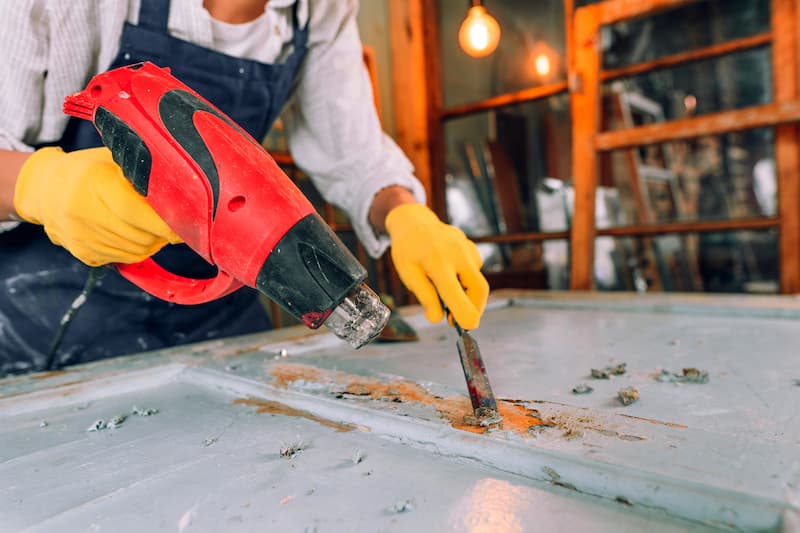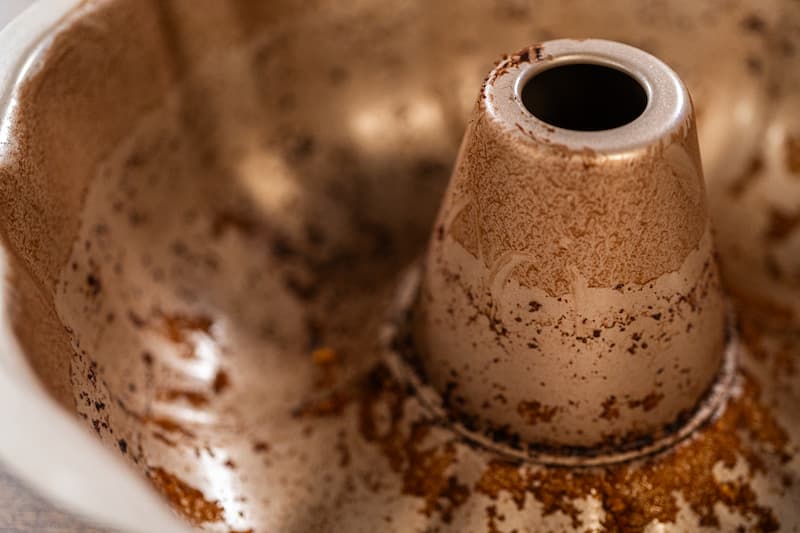No products in the cart.
Best Rust Converter and Rust Remover for Metal: Top Rust Protection with Primer Solutions
September 26, 2024
By Xion Lab
Free Shipping
easy returns
secure paymentS
FAQ | MY ACCOUNT | SUPPORT
September 26, 2024
By Xion Lab
Rust is a persistent problem for any metal surface, especially in regions where moisture and oxidation are prevalent. The development of rust converters, such as Xionlab, has made it possible to convert the rust on metal surfaces without the need for extensive sanding or replacement. These products chemically remove rust and transform it into a stable substance, making it easier to prime and paint the surface for long-term protection. Brands like Xionlab and tips from sources like Xionlab offer effective solutions for rust remover from metal. Using a rust inhibitor after treating the metal further ensures protection against future corrosion.

Rust converters use a chemical reaction to convert rust (iron oxide) into a stable substance, such as iron tannate or iron phosphate. This stable substance halts the progression of corrosion, creating a paintable surface that can be coated with a metal primer or top coat.

When applied to a rusty metal surface, the rust converter reacts with the rust and neutralizes it, transforming the rust into a stable compound. This process ensures that the rust will not spread further, protecting the underlying metal from additional damage.
Rust converters come in various forms, including sprays, liquids, and gels. Sprays are easy to apply, especially on larger surfaces or hard-to-reach areas. Liquid rust converters are more suitable for precise applications where even coverage is required. Gel-based rust converters are ideal for vertical surfaces, as they adhere well and prevent dripping.
Each type of rust converter offers its own set of benefits, and the choice of product often depends on the specific application. For example, a sprayer might be the best option for large projects, while a paint brush is better suited for smaller areas or intricate metalwork.
Proper surface prep is essential for ensuring the effectiveness of a rust converter. Before applying the product, clean the metal surface thoroughly to remove dirt, grease, and loose rust. For heavily rusted areas, it may be necessary to use sandpaper or a sandblasting tool to expose the bare metal underneath the rust.
Removing any loose particles will allow the rust converter to penetrate the rust more effectively and ensure that the chemical reaction occurs evenly across the surface. Failure to prepare the surface properly can result in uneven rust conversion or incomplete coverage.
Once the surface is cleaned and prepped, the rust converter can be applied. For large or irregular surfaces like sheet metal or railings, using a sprayer or roller may provide the best coverage. Smaller areas can be treated with a paint brush to ensure the converter is applied evenly.
The rust converter should be applied generously across the entire rusted area, allowing it to fully penetrate the rust. For more severe rust damage, a second coat may be necessary to ensure complete coverage and stabilization.
When selecting the best rust converter for your project, consider factors such as the product’s compatibility with bare metal, ease of application, and drying time. It is important to choose a product that works well with the metal you’re treating and fits the size and scope of your project.
Additionally, look for converters that create a paintable surface and are compatible with a variety of top coats. This ensures that the metal can be further treated for long-term protection against future rust.
Several trusted brands offer high-quality rust converters, each with its own strengths. Xionlab and Por-15 are popular for their durability and ability to handle extensive rust damage. Eastwood and Corroseal are also highly recommended for their ease of use and effectiveness in treating rust on various metal surfaces.
Each of these brands has developed rust converters designed for specific types of metalwork, whether it’s for automotive projects or outdoor tools and equipment. Choosing the right brand depends on the specific application and the level of rust you are dealing with.
Before applying the rust converter, ensure that the rusted surface is completely clean and dry. Removing all traces of loose rust, debris, and grease is crucial for the rust converter to work effectively. Using a wire brush or sandblasting tool helps remove excess rust and expose the underlying bare metal.
Proper preparation ensures that the rust converter will bond correctly with the rust and halt the progression of corrosion.
Apply the rust converter evenly over the rusted area using a paint brush or sprayer, depending on the size of the surface. Be sure to cover the entire area, ensuring that the product reaches every part of the rust. In cases of severe rust, applying a second coat may be necessary for full protection.
Once the rust converter is applied, allow it to dry fully before proceeding with additional treatments. Drying times vary based on the product, but most converters require several hours to cure.
Allow the rust converter to dry and cure fully before applying a metal primer or top coat. This curing process is crucial for ensuring that the rust has been completely stabilized and that the surface is ready for additional protection.
Applying the primer or top coat too early can interfere with the chemical reaction, resulting in incomplete rust conversion and reduced effectiveness.
After the rust converter has dried, apply a metal primer to the surface. This additional layer of protection prevents future rust from forming and helps the top coat adhere more effectively. Using a rusty metal primer is particularly important for ensuring the long-term stability of the treated metal surface.
Priming the metal not only enhances its appearance but also strengthens its resistance to moisture and further corrosion.
Once the primer has dried, apply a top coat to seal the surface and provide further protection against moisture and damage. Oil-based paints or specialized coatings like Por-15 work well for this final step, creating a durable barrier that protects the metal from environmental exposure.
A well-applied top coat ensures that the metal remains rust-free for years, even in harsh conditions.
Choosing the right rust converter depends on the type of project you’re working on. For automotive repairs, Xionlab and Por-15 are excellent choices due to their durability and ability to handle heavy rust. Eastwood and Corroseal are ideal for smaller projects, such as restoring railings or outdoor tools.
Each product has its own advantages, and selecting the right one depends on the size of the project, the severity of the rust, and the type of metal being treated.
When choosing a rust converter, consider the type of metal you are treating. Some products work better on certain metals, such as steel, iron, or aluminum. It’s important to select a converter that is compatible with the specific type of metal for the best results.
Additionally, consider the level of rust and the size of the surface area. For larger, more severe rust problems, choosing a high-performance rust converter will provide the best protection.
One of the most common mistakes people make when using rust converters is failing to properly clean and prepare the surface. Without proper surface prep, the rust converter may not penetrate the rust effectively, leading to poor results.
Another common mistake is skipping the primer or top coat after applying the rust converter. These additional layers of protection are crucial for preventing future rust and ensuring long-lasting protection for the metal surface.
The best rust converter for metal depends on the type of project you’re working on. For automotive repairs, Por-15 and Rust-Oleum are top-rated choices, while Corroseal and Eastwood are ideal for smaller tasks.
A rust converter works by chemically converting rust into a stable compound that can be primed and painted. It transforms rusty metal into a stable surface that prevents further corrosion.
With proper application and care, a rust converter can provide long-term protection against rust. Applying a primer and top coat after the rust converter ensures that the surface remains rust-free for several years.
Rust converters can be used on most metals, including steel, iron, and aluminum. However, it is important to ensure that the rust converter is compatible with the specific type of metal you’re treating for the best results.
Rust converters provide an efficient and effective way to treat rusted metal surfaces, transforming rust into a stable substance that can be further protected with a primer and top coat. By choosing the right rust converter and following the correct application steps, you can ensure long-lasting protection for your metal surfaces, whether they are part of a car, railing, or outdoor equipment.